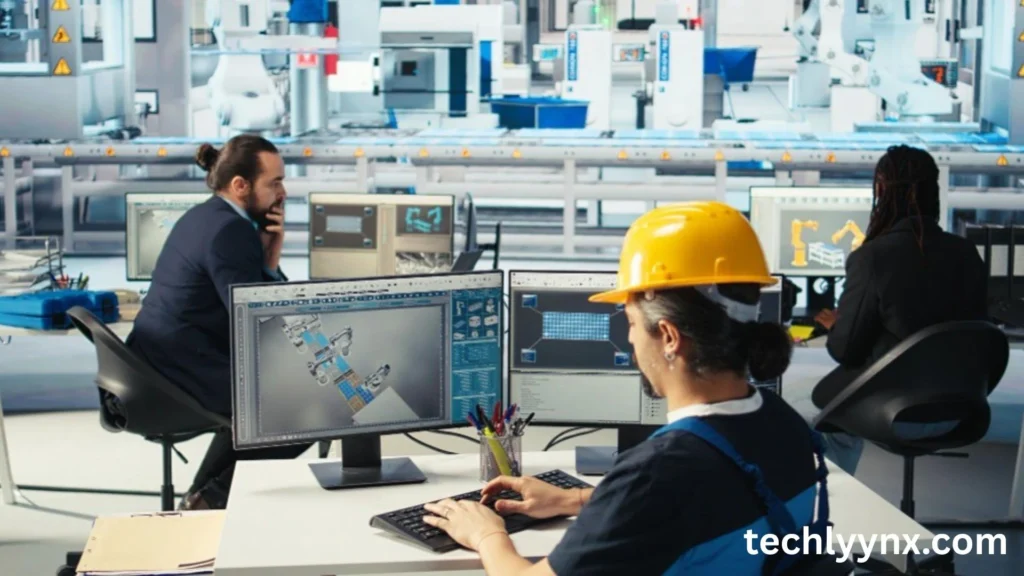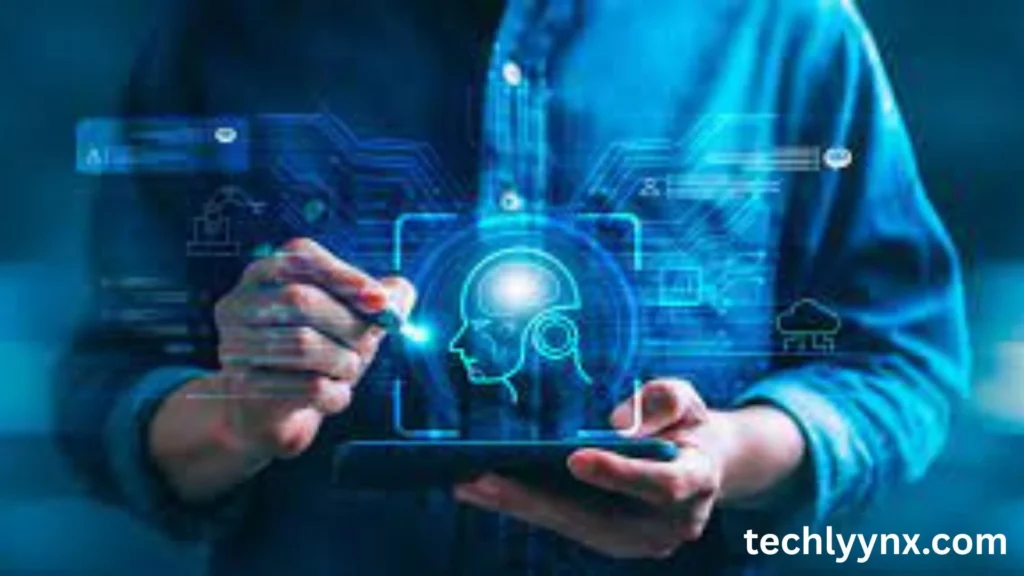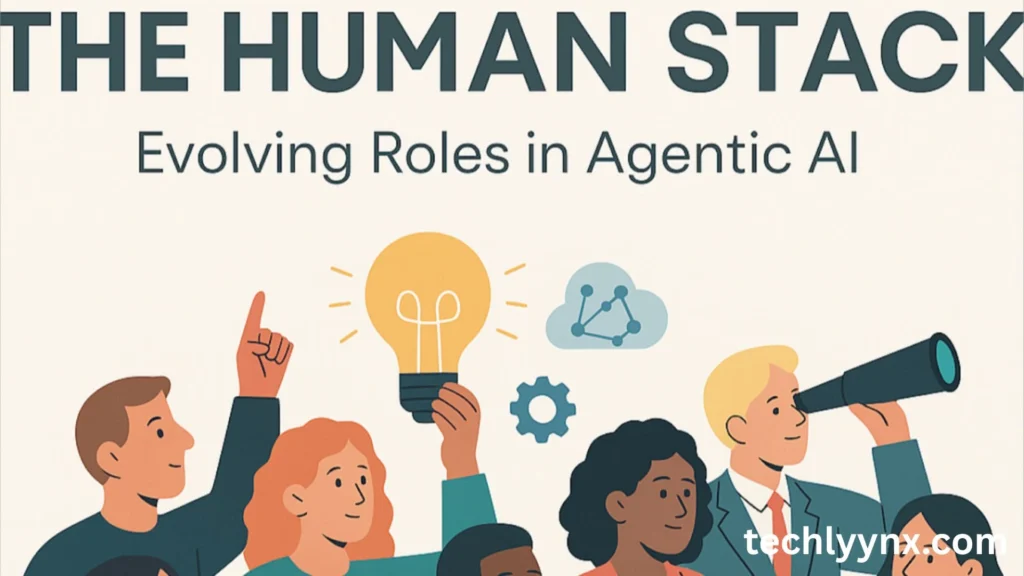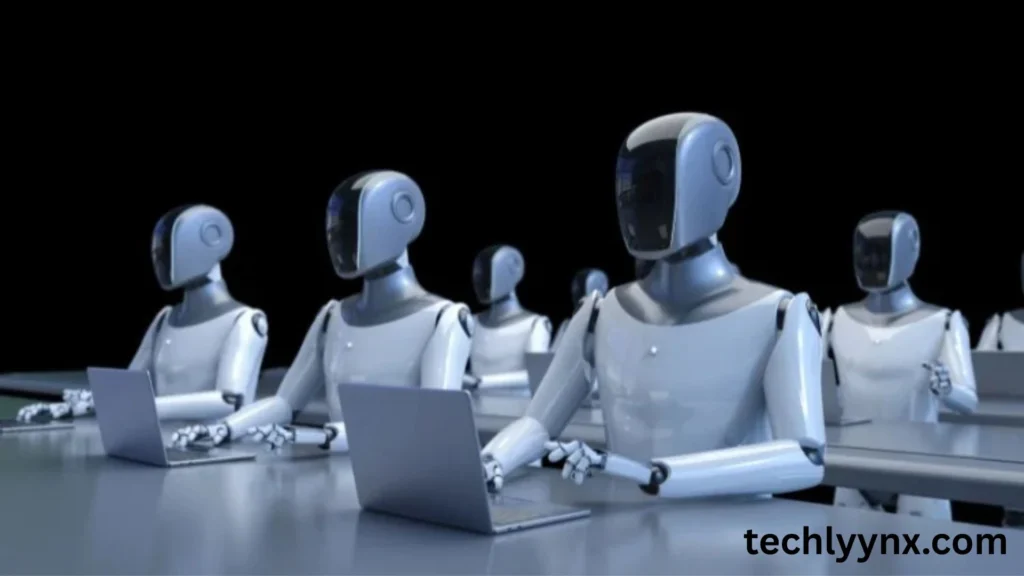Technology used to be primarily viewed as a tool, something we could manipulate, program, and use to complete things more quickly. However, we’re starting a new chapter today. As agentic AI advances, our digital assistants are evolving into teammates rather than merely tools.
Systems that can behave somewhat independently to accomplish tasks, pick up knowledge from criticism, and work together are referred to as agentic AI. These new systems are capable of reasoning, planning, and even taking initiative in ways that are similar to human decision-making, in contrast to traditional AI, which frequently adheres to a set of rigid instructions.
Here are some ways that this change is altering how we approach challenges, work, and consider productivity.
Beyond Automation: A New Kind of Collaboration

Tasks like email sorting, report generation, and meeting scheduling have previously been demonstrated to be streamlined by automation. However, these interactions were one-way: you gave the system instructions, and it followed through.
That dynamic is altered by agentic AI. These systems are no longer simply for you; they can now work with you. Consider an AI assistant that, rather of waiting for commands, makes recommendations about priorities based on your schedule, identifies potential project obstacles, and even arranges team meetings.
This means giving them more time to concentrate on strategy, innovation, and difficult decisions rather than replacing them. Like a junior partner, the AI does repetitive, rule-based tasks while continuously learning and getting better.
How Agentic AI Is Shaping Daily Workflows

Agentic AI isn’t some sci-fi fantasy; it’s already making small but significant appearances in the workplace.
An agentic AI might, for instance, run test cases, suggest solutions, and enhance performance in software development without being specifically instructed to do so. It may be used in marketing to assess trends, create campaign possibilities, and make real-time data-driven strategy adjustments.
Initiative makes the difference. Agentic systems can suggest future moves where older systems wait for commands. To keep things going, they keep an eye on objectives, adjust to changes, and collaborate across tools.
Daily processes become more fluid and dynamic as a result. While their AI buddy keeps the engine operating in the background, individuals may maintain attention instead of hopping between activities all the time.
Rethinking Productivity in the Age of Intelligent Agents
Previously, we measured productivity in terms of output, such as the number of emails sent, hours worked, and tickets closed. However, the emphasis is changing as agentic AI emerges.
Value and results are now the main concerns. With AI support, a designer could spend an afternoon exploring five different creative possibilities. Because their AI counterpart is watching the project in real time, a product manager may be able to plan a multi-team launch with less anxiety.
It’s performing better as a result, not just doing more. Impact, creativity, and insight become key components of productivity. People have more time and mental space for important tasks when the AI manages the noise.
Working with something that enhances your ability is more important than working harder.
The Human Role in an Agentic AI World

Every time technology advances, people worry that it will eventually replace them.
In actuality, agentic AI emphasizes rather than replaces the necessity for people. Despite their strength, these systems nevertheless depend on human guidance, morality, context, and imagination. They can make suggestions but not decisions. They can’t reflect, but they can act.
We can help with that.
Our responsibilities shift toward direction, supervision, and vision. We establish the objectives, assess the outcomes, and maintain consistency with our values and purpose. We go from micromanaging to mentoring in many ways, allowing AI to take care of the details while we concentrate on the goal.
Embracing the Shift to Agentic AI at Work

How do we adjust to this new environment, then?
First, we must realize that implementing agentic AI involves more than merely setting up new software. It has to do with shifting perspectives. These systems should be viewed as partners to be led rather than as instruments to be controlled.
Second, businesses should spend money on teaching employees on how to work with AI as well as how to use it. Teams must understand how to assign work to AI, evaluate its recommendations, and recognize when to regain control.
Lastly, ethics, accountability, and openness must be prioritized. The decisions made by AI grow increasingly significant as it gains autonomy. Human accountability, stringent oversight, and well-defined norms are essential.
Teammates, Not Just Tools
As significant a change as the introduction of personal computers or the internet is the emergence of agentic AI. It is altering our perceptions of labor, productivity, and the capabilities of machines.
However, this is not a tale of man versus machine. It’s a cooperation story.
We can achieve unprecedented levels of productivity and innovation by collaborating with proactive, intelligent AI systems. We may concentrate more on moving forward and less on maintaining equipment.
Increasing productivity on your own is not the way of the future. It’s about improving together.

